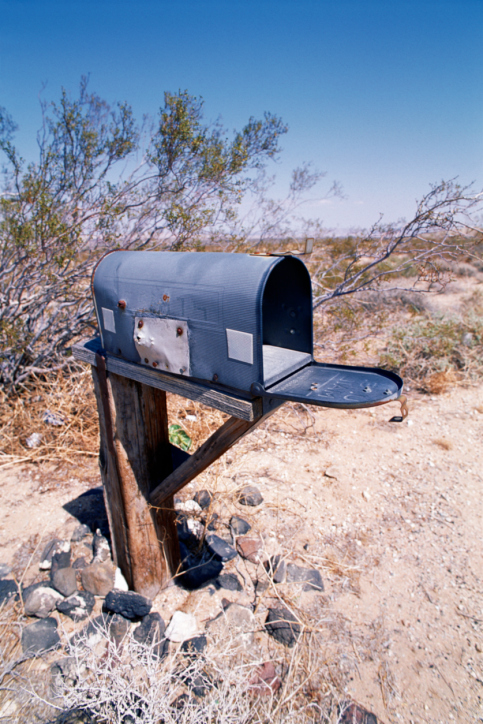Business cards are an inexpensive, yet valuable way to introduce yourself and your business. Here are a few etiquette tips to keep in mind the next time you exchange business cards:
Be prepared by having business cards on you at all times, including weekends. Never distribute tattered business cards that show wear from being stuffed in your wallet. Instead, use a hard business card case to keep your cards clean and crisp. Offer your card during informal conversations if the person you're talking to expresses interest in your products or services. Distribute only one card to each new contact (unless more are requested), rather than expecting them to distribute your cards for you. Exchange cards at the beginning of meetings to have the names and titles/rank of everyone involved readily available.
Show respect when receiving a business card by briefly looking it over (front and back) and placing it in a portfolio, notebook, or card case. Never fold or crumple the card, and don't stuff it in your pocket or bag within eyesight of the card giver. Reading over or commenting on the card right away may also help you build a better association between the new contact's name and face for future reference. Be aware that foreign countries have different business card customs. If doing business in a country that speaks another language, consider translating one side of your card into their language.
Let us know if we can help you print customized business cards that will make a lasting impression with every exchange.




